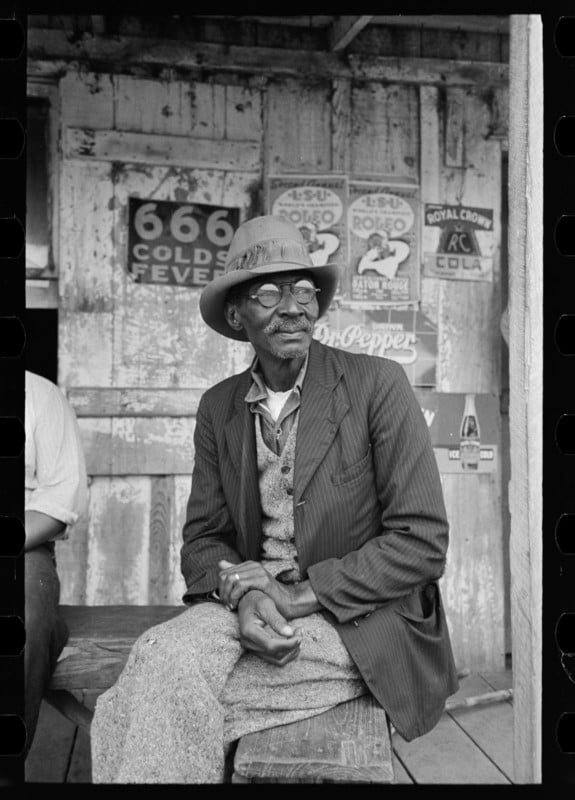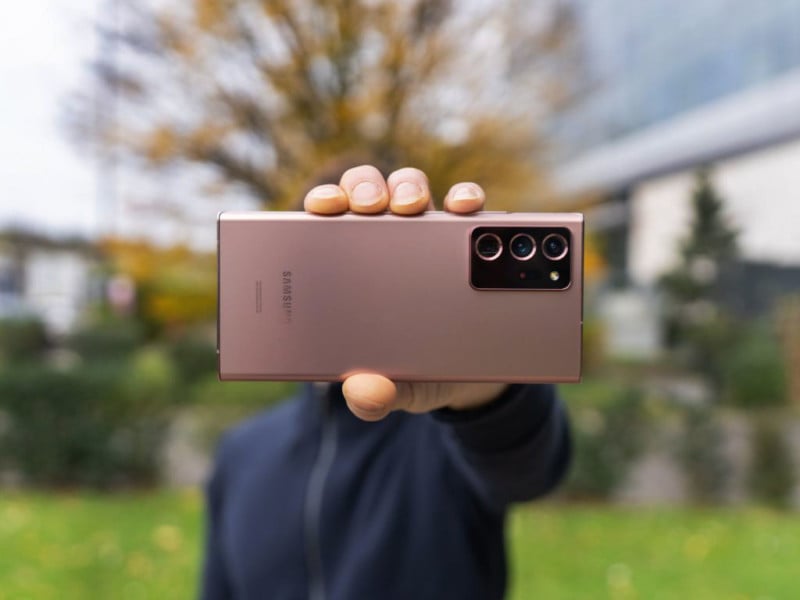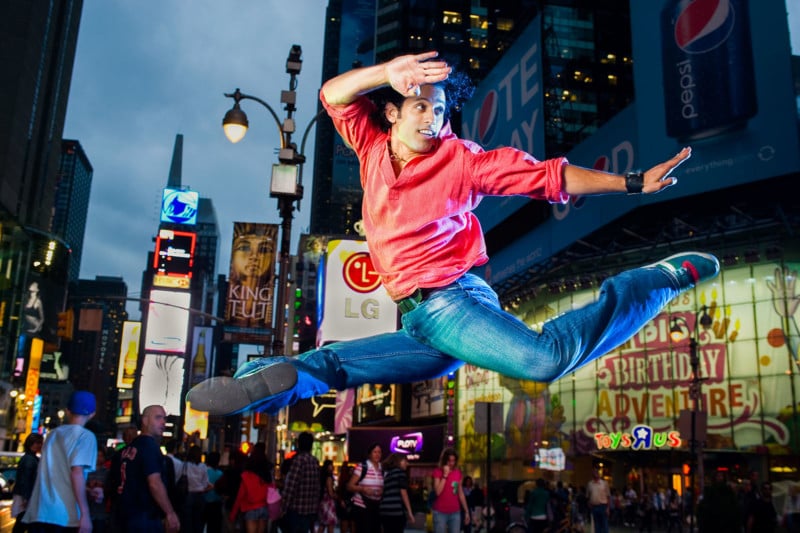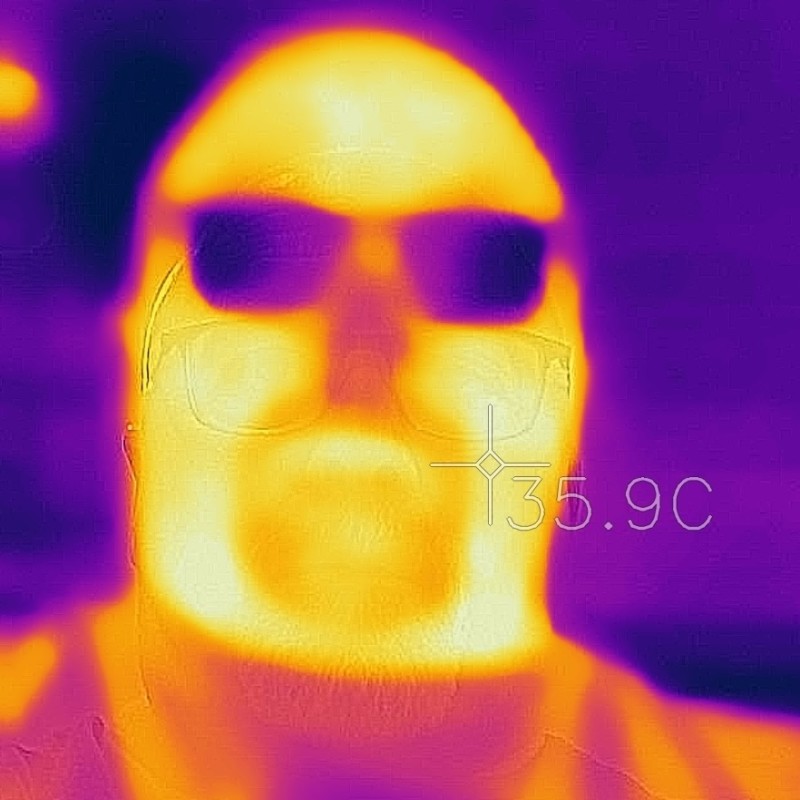
![]()
Every Sunday, we bring together a collection of easy reading articles from analytical to how-to to photo-features in no particular order that did not make our regular daily coverage. Enjoy!
Whitewashing the Great Depression – The Atlantic






This is the story of how the preeminent photographic record of the period excluded people of color from the nation’s self-image.
The Farm Security Administration was created in 1937 to combat rural poverty during the Great Depression in the United States. The FSA is famous for its highly influential photography program, 1935–44, that portrayed the challenges of rural poverty. Unfortunately, most of the iconic images from this treasure trove of 175,000 black-and-white film negatives that we remember are of white folks.
If one were to recollect a well-known Depression-era portrait, Dorothea Lange’s Migrant Mother, a portrait of Florence Owens Thompson and her children taken in Nipomo, California, in 1936 would come to mind. Also, Walker Evan’s 1936 portrait of tight-lipped Allie Mae Burroughs standing before the wall of her family’s cabin in Hale County, Alabama. In short, no really iconic imagery of people of color was released, although the photos were captured.
During the Depression, Black Americans made up more than half of the country’s tenant farmers, sharecroppers, and farmworkers in the South. In 1932, when a quarter of white Americans were unemployed, half of Black Americans were.
Roy Stryker, the head of photography, bears direct responsibility for the whitewashing of the FSA’s historical section from 1935 to 1941. He “…worried that too much racial honesty might sink his ship at the FSA.” Remember that Blacks who were the majority of agricultural and domestic workers were excluded from the Social Security Act’s benefits when passed in 1935.
12 Million Black Voices was first published in 1941 and with “photographs by Evans, Lange, and Lee, flew in the face of the American mythology that the FSA had been constructing.”
Quiz:
(1.) Which was The Largest Photography Project Ever Sponsored by the United States?
Click on the link to find out.
(2.) Which photographer did MOMA award the first-ever one-person photography exhibition in 1938?
Walker Evans at age 35.
Magnum’s Moment of Reckoning with David Alan Harvey – Columbia Journalism Review
Magnum chose women as both president and CEO, added more female photographers, and insisted it was taking harassment and abuse seriously. In 2018 it even issued a code of conduct for its members.
However, women who were working at the leading photo agency were telling a different story. Eleven women have described to CJR inappropriate behavior from David Alan Harvey over a span of thirteen years, ranging from suggestive comments to unwanted sexual advances.
Photojournalist Amanda Mustard wrote a Twitter thread about Harvey, alleging that sexual misconduct allegations against him were an open secret in the industry. On August 20, three days after Mustard’s post, Magnum announced that it had suspended Harvey after receiving a “specific allegation” relating to his personal conduct and had hired an employment lawyer to conduct an investigation.
Harvey has been photographing for National Geographic since 1973 and joined Magnum as a full member in 1997. Besides teaching Magnum workshops worldwide, he conducts his own $3,400 workshops for young or aspiring photographers.
Olivia Arthur, President, Magnum Photos, and Caitlin Hughes, CEO, put out a formal statement on December 22 saying that “they are deeply upset to read the allegations about David Alan Harvey that have been reported in the CJR. They describe a pattern of behavior that is unacceptable and contrary to the values we aspire to as a collective.”
Harvey is currently suspended from Magnum until Oct 2021, and the agency “will give further information once we have had the opportunity to listen to these accounts and complete our due process.”
Is This the World’s Oldest Cat Photo? – Snopes
PsBattle: The 1st cat picture in 1880 from photoshopbattles
NO, this is not the earliest photo of a cat.
Photographers have been trying to get cats to sit still for a photograph since the camera was invented, especially with early photography when shutter speeds were a few seconds long, owing to the plates’ very low sensitivities.
For starters, this image is often circulated with the claim that it was taken in the 1880s. However, the first cat photos date back to at least the 1840s. When we examine these earlier photos of cats, it’s clear that the above-displayed image was not created with the same methods used in the 1840s.
You may think that getting cats to do funny or silly things started in the days of cellphone cameras, but it was around even in the 1870s when photographer Harry Pointer took photographs of cats riding a tricycle and other antics.
David Sinkin, a photography historian who runs the Sussex-PhotoHistory, a website dedicated to England’s early photographers that hosts several additional images from the Brighton Cats series, says that Pointer was not the first person to photograph a cat.
![]()
![]()
![]()
While we do not have a definitive answer for this question, the likeliest contender appears to be the above daguerreotype of a cat drinking from a bowl taken circa 1845 and at the Harvard Library of Harvard University.
Milk Bath Photography: 8 Tips to Get Started – Rangefinder
After an electrical fire destroyed the studio in Elizabeth Messina Southern California home, she rebuilt it knowing she wanted to create a bathroom with gorgeous natural light and a clawfoot tub that she could use for milk bath photography for a variety of sessions, including maternity, newborn and beauty shoots.
Messina, who speaks at WPPI, loves the minimalistic feel and negative white space the subject provides for her ethereal and romantic imagery. It also allows her to focus on her model’s face and body.
Messina breaks down all the info into eight manageable tips, which include: a safe environment, types of milk, water depth, the advantage of natural light, using a camera strap (or drop it in the bath), lenses, and different angles to create unique milk bath photography which creates a sublime balance between light, composition and emotion.
DXOMARK Begins Regional Ranking of Smartphones with U.S.-Only Smartphone Cameras



DXOMARK is introducing a U.S.-only ranking on its website to allow readers to filter for phone models available only in that country.
This change will help out with some models having different key specs in different countries. A recent example of this was Samsung’s release of its Note20 line of phones in which the U.S. versions operate using Qualcomm’s Snapdragon chipset, while global versions use Samsung’s own Exynos chips.
DXOMARK recently tested both the Exynos and Snapdragon versions of the Samsung Galaxy Note20 Ultra’s main camera under its new expanded Camera protocol. Even though the camera module and lenses were the same, the combination of software integration, image processing algorithms, and tuning differs in both versions, resulting in image-quality assessments that led to different scores. Here is the Note20 Ultra Snapdragon review.
Light it Up: How to Photograph Holiday Lights at Night – Olympus Image Space
![]()
![]()
![]()
Olympus UK Mentor Tom Ormerod shows you his techniques and ideas for capturing festive lights on camera.
The ideal conditions for holiday light shooting are still or low-wind nights. Wind can often create movement in the lights. This can be a nice effect at times but generally, opt for a clean sharper look.
Look for lines and lights are often full of them. It could be rows of fairy lights, shadows, or light beams – always study a scene before shooting it and really look for those lines.
Balancing the brightness of lights themselves with darker areas. You probably won’t be able to avoid the center of any light being blown out, but really try to avoid any other area being overexposed
Always shoot in Manual mode, but Aperture or Shutter priority will be fine too. A good place to start in darker conditions is f/5.6, 2-4 seconds, ISO 200, and adjust from there. Auto ISO may get unnecessary noise in your images.
Once you get the basics in the bag, you can move onto a favorite type of holiday shooting: mixing still lights with light trails. To shoot light trails, you need to leave your shutter open for longer (1 second and above works well by using a narrow aperture, lower ISO, or even N.D. filters). In urban areas, buses and taxis make the best light trails.
The Big Picture: Santa Takes a Coffee Break, New York, 1962 – The Guardian
![]()
![]()
![]()
By the time the British photographer Leonard McCombe took this picture of an off-duty Santa enjoying a coffee in a Manhattan cafe in 1962, the ritual of capturing department-store Saint Nicks on downtime was a Christmas tradition in itself.
Norman Rockwell had done much to establish the idea in a famous Saturday Evening Post cover of 1940, in which a wide-eyed boy catches a glimpse of a red fur-lined suit under the overcoat of a man sleeping on a subway train after a long present-giving, list-checking shift.
After the war, Life magazine, in which this photo first appeared, featured Santas being put through training courses, trying on beards and wigs or waiting for the bus home as an annual fixture.
BOKEH Explained in Intense Detail
The word bokeh keeps coming up all the time these days with fast f/1.2 lenses on the rise and actually even faster.
Bokeh is the aesthetic quality of the blur produced in out-of-focus parts of the image. That’s a great dictionary definition, but what does bokeh look like? Is it the same in the center of the image as it is towards the periphery? Is the edge of the bokeh advisable to be sharp or soft? What is a creamy bokeh? How do you even pronounce it?
If you spend the next 13 minutes with Tony Northrup, all those questions and a few more will be answered, and you will be on your way to making bokehlicious images in 2021!
How to Shoot Portraits with Face Masks
Adorama T.V. and Gavin Hoey show you how to face the current reality – shooting portraits with face masks. Hiding part of your subject’s face may create a sense of mystery and drama, but it also makes it difficult for the model to show emotion.
Hoey shows you how to use lighting, styling, and editing to create the perfect portrait with a face mask. After all, if you cannot beat it, make it into a fashion accessory. Using a model with good eye make-up, Hoey can focus on what is visible when the mask is covering the rest of the face. He also adds a gelled backlight and a fog machine to enhance the drama.
Why I Like This Photo – Lou Jones



I like this photograph as it breaks all the traditional composition rules and displays a really great dance position with energy & posture. Concept, content & spontaneity are what make photographs so graphic & powerful.
This commercial shoot was a portrait of the choreographer from In the Heights, an award-winning Broadway play with music by Lin-Manuel Miranda. The dancer repeatedly jumped from a trampoline we set up so that he could get airborne.
The shot was on a Nikon D700 and lit by four gelled Nikon speedlights to freeze the motion because I was shooting at dusk to use “magic blue” in world-famous Times Square.
We had to deal with permits and insurance before the shoot and rain, outfit changes, and camera/lighting set up in the middle of the street. And thankfully, we had hired a police detail to handle the crowd that gathered.
During this pandemic, I was asked to lecture at a college photography class via Zoom. In the end, one of the students asked if this image was a “composite.” I told him I do not do composites. This was all done in-camera with all the pressures of commercial photography looming. I think he was disappointed I did not do it in computer.
For my photography, creating a dynamic composition requires first selecting the right palette, in this case, the background. I am trying to tell the story of a choreographer who is performing on Broadway. Because the theater unions would not allow us to shoot on the stage, I thought actual Broadway would be the substitute.
The dancer agreed to the very dangerous activity of jumping on a trampoline. I placed his body against the gray background to take full advantage of the famous Times Square confusion. “Magic Blue” light is as much a part of the composition as well as the bustling crowds.
My lighting was also a compositional asset because it was used to duplicate the unusual colors that the street, retail & neon lights gave us. Juxtaposing these divergent, incongruous elements is something that is a personal signature. Therefore, the choreographer is a fugitive in his environment, and the complex tableau works because of choice of location, clothing, pose and spontaneity, all of which were controlled to the nth degree.
Lou Jones’ eclectic career has evolved from commercial to the personal. It has spanned every format, film type, artistic movement and technological change. Operating from his studio in Boston, Massachusetts, he has photographed for Federal Express, Nike, the Barr Foundation, Fortune 500 corporations, and publishers like Time/Life, National Geographic and Paris Match. Lou has initiated long term projects on the civil wars in Central America, Portraits from Death Row and Olympics Games, and published multiple books.
Quote of the Week (or a Previous Week):



I never, ever take a single image of a test chart – it’s a waste of time. – Roger Cicala
Ed Note: If you don’t know why “it’s a waste of time,” click on the link to read the article.
To see an archive of past issues of Great Reads in Photography, click here.
We welcome comments as well as suggestions. As we cannot possibly cover each and every source, if you see something interesting in your reading or local newspaper anywhere in the world, kindly forward the link to us here. ALL messages will be personally acknowledged.
About the author: Phil Mistry is a photographer and teacher based in Atlanta, GA. He started one of the first digital camera classes in New York City at The International Center of Photography in the 90s. He was the director and teacher for Sony/Popular Photography magazine’s Digital Days Workshops. You can reach him via email here.
Image credits: All photographs as credited and used with permission from the photographers or agencies. Blacks in the lineup for food at mealtime in the camp for flood refugees, Forrest City, Arkansas, Feb. 1937. Photo by Walker Evans, Library of Congress. A man on the porch of a general store near Jeanerette, Louisiana, Oct 1938. Photo Russell Lee, Library of Congress. Oldest cat photo, Harvard Library, Harvard University. Christmas Lights photo by Jamie Davies. Santa drinking coffee photo by KoolShooters.

